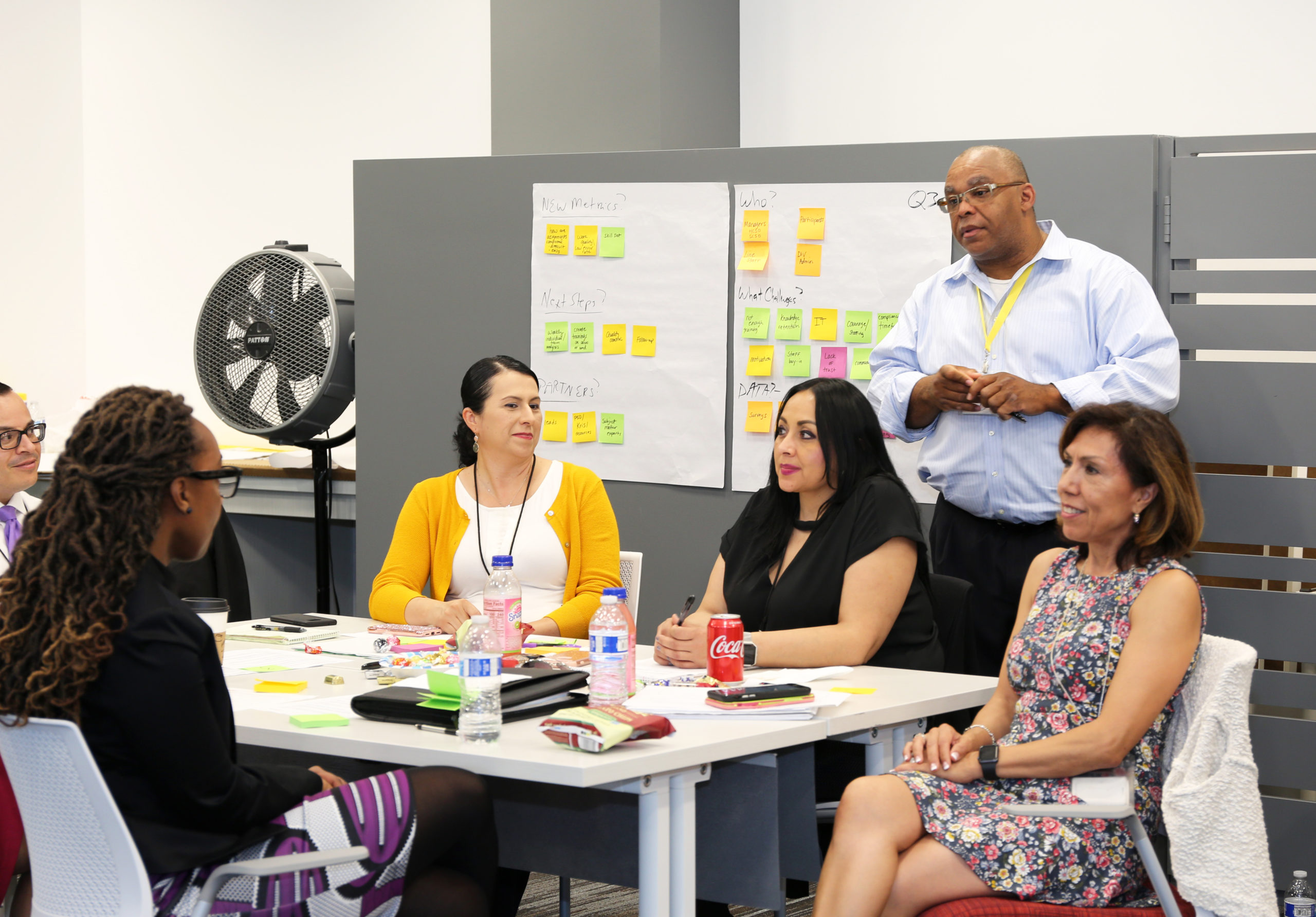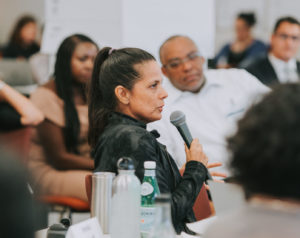Improved Operations
Both predictive analytics and behavioral economics provide intelligence that organizations can use to tailor services and channel resources. For example, CSSD uses predictive analytics to manage staff caseloads. In the past, every case worker was assigned the same number of cases, irrespective of whether people paid on time or not. But when compliance is an issue, cases take far longer to resolve and require additional effort to mediate. CSSD’s predictive model uses variables such as marital status, level of education, and employment status to predict, with a confidence level of 85 percent, how likely a person is to pay, and then uses that information to adjust the number of cases assigned to each staff member. The department does not use predictive analytics to determine which enforcement mechanisms to employ — an important distinction, because predictive analytics has been criticized in some contexts, especially as in the criminal justice system, for disproportionately penalizing people of color. “I am very conscious of not using this tool as a crystal ball predictor,” Golightly said. “Each case is different, and one size does not fit all. In fact, we say that ‘One size fits one.’ We tell our case workers that the classification or segment designation is but one indicator of outcomes — a highly accurate one — but encourage them to never allow the forecast to cloud their actual work with each case participant.” Every two years, staff can choose the types of cases they want to work on; those who choose harder cases receive fewer assignments. Anticipating and allotting the appropriate amount of time and effort to each case enables the agency to better customize and tailor services, which ultimately leads to cases being resolved more efficiently and effectively.
Consider the Person
Thomas works closely with FUSE fellow Valentine, who is using behavioral economics to make the collection process more human-centered while improving compliance. “It’s about understanding the emotional, economic, physical, and logistical barriers to changing in order to get somebody to do something hard,” Valentine explained.
